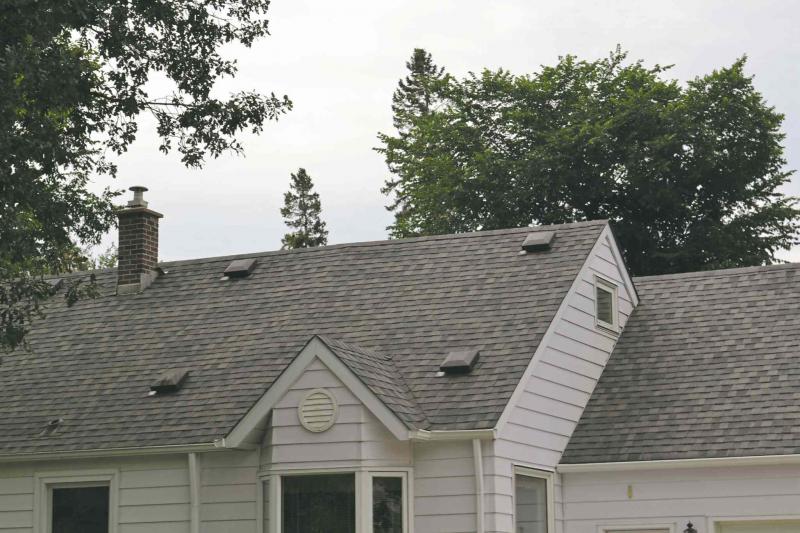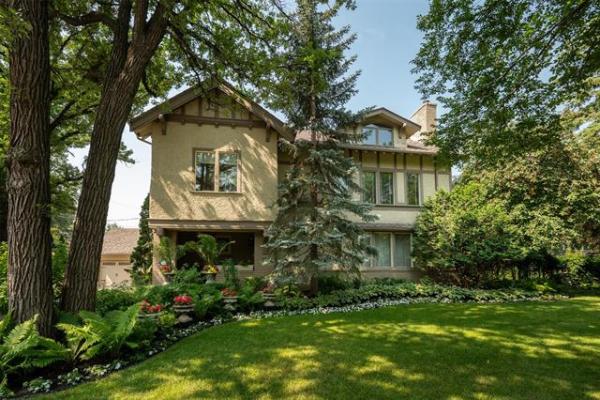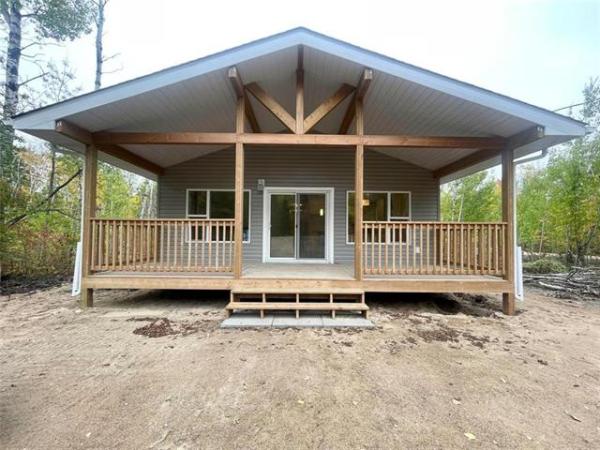If you're a committed or about to be a committed DIY renovator, you likely have conversations with yourself about the pros and cons of which materials to re-roof your cottage or home.
I like to think of myself as committed renovator, which brings us to a discussion of the pros and cons of roll roofing, asphalt shingles, metal roofing and cedar shakes.
Asphalt roll roofing, the forerunner of three-tab and architectural shingles, was invented in the US in 1893 in response to a demand for less-combustible roofing materials such as wood or tar-soaked felt.
Roll roofing consists of a natural fibre mat coated with asphalt and covered on the weather side with mineral or ceramic granules. It is sold in rolls that are about three feet wide and 36 feet long, with a non-granulated band along one edge. N.I.S. adhesive, a brush on form of asphalt repair cement, is applied to the band to adhere each sheet of roofing to the next. Roofing felt -- costing about $30 for a 400 sq. ft. roll -- is recommended as an underlay.
The pros for roll asphalt are that it is quick to apply and because it does not have multiple cut outs like shingles, it is one of the few products on the market that will seal a low pitch roof. It is also the least expensive roofing material at about $40 per 100 square feet.
The cons are that it is available in a limited number of colours, has a short eight to 10-year life expectancy and is esthetically unpleasing. However, on low-slope roofs it is difficult to see from the ground. It's particularly useful for small backyard garden sheds that might offend the artistic sensibilities of your neighbours but won't diminish the curb appeal of your cottage or home.
At some point in the early 1900s, a roofing aficionado decided to increase the esthetics of roll roofing by hand-cutting it into individual three tab shingles to emulate cedar shakes or slate. The popularity of the new design spread so quickly that a cookie-cutting-like machine had to be invented to mass produce the shingles. They were eventually manufactured in various interlocking shapes that prevented them from being torn off roofs by wind shear.
The modern version of three-tabs are about 39 inches long by 13 inches wide and can be purchased with a felt or fibreglass mat, though felt shingles are mainly used nowadays to cap less flexible fibreglass ones. Home Hardware in Selkirk sells 25-year three-tab fibreglass shingles for about $66 per 100 square feet of coverage, this price is competitive with big box retailers.
The pros for these shingles are their low price and the fact they are generally available in a greater variety of solid colours than laminated ones.
The cons are their shorter warranty and thinner profile, leading to premature curling of corners if a roof overheats due to inadequate ventilation. Also, the labour cost to install three-tabs is similar to that of more expensive laminates. Considering this, it pays to go with the better quality shingle.
Which brings us to 35-year, 40-year and longer warranty architectural laminated shingles. We've had 35-year BP laminates on our house for about five years. We love the two-tone cedar colour and how the shingles resemble cedar shakes, particularly appropriate to our house as it is built of logs. Moreover, despite weathering major downpours and high winds, our laminates have never leaked or been torn off by wind shear, nor has their fibreglass base cracked in winter. For a trouble-free roof that will more than likely last me the rest of my life, laminates are my pick for the perfect, affordable roofing material. Expect to pay about $84 per 100 square feet uninstalled.
Pros are attractiveness, availability in 13 or more colours to match wood, stone or manufactured sidings, durability and dependability, less liable to heat deformation due to their thickness and although a little more expensive than cheaper asphalt shingles, much less expensive than metal or shakes.
Cons are few. The only knock I'm aware of is that BP and IKO laminates have had wind shear problems: apparently customers are considering lawsuits because they have had to repeatedly replace shingles after wind storms. A spokesperson for KC Building Supplies in Gimli said his company has stopped selling BP and IKO because of too many warranty issues, switching instead to GAF 35-year laminates which have been trouble-free. According to this source GAF also makes its own capping shingles which are identical in colour to their laminates and there is no discernible colour difference between the capped edges and the roof shingles.
I'm not going to say very much about metal roofing, except, in my opinion, it is ugly, expensive and leaks at the valleys. It also requires maintenance every ten years to tighten screws that hold it in place. (Apparently there is a new capping system that prevents the screws from becoming loose, but I've heard far too many horror stories from people who have metal roofs to consider them an option to laminated asphalt.) Finally, metal causes spring avalanches and those bright red, green and blue colours will fade within ten years.
If I could afford a cedar shake roof, it would be my optimum choice because of its natural warmth, longevity and low maintenance requirements. Shakes (often confused with cedar shingles which are thinner and shorter) are also recyclable in that they can be used as firewood at the end of their 40-year life expectancy. Unfortunately, only the really wealthy or really dedicated DIYers handy with froes and shingling hammers can afford such permanent beauty.
davidsquare81@yahoo.com




